1. Koala
Koala Survival, Predators and Disease
Koalas are on top of the food chain in Australia as they have no natural predators . It is however believed that large birds have been known to take baby koalas, but this preying is not widespread. Habitat destruction caused by development are contributing factors to decline of Koala's numbers.
Chlamydia is present in all Koalas. It has various effects on the animal, some of which can be quite devastating. Koalas ehich are badly infected will exhibit blindness, infertility and an infection known as 'dirty tail.
Lifespan: 13 – 18 years (In the wild)
Mass: 4 – 15 kg (Adult)
Trophic level: Herbivorous Encyclopedia of Life
Gestation period: 30 – 36 days
2. Kangaroo
Different Species of Kangaroos
- Western Grey Kangaroo
- Antilopine Kangaroo
- Red Kangaroo
- Eastern Grey Kangaroo (Great Kangaroo)
What Do Kangaroos Eat?
Kangaroos are herbivores and therefor will feed on earth's natural vegetation. This includes; grass, leaves, moss, ferns and shrubs and flowers. Kangaroos and cows have two things in common' they both are herbivores and they both regurgitate their foods. The kangaroos regurgitates it's food and re-chew it before it is ready to be totally digested.
How Long Do Kangaroos Live?
8 to 12 years in the wild and up to 20 years in captivity.
What is the average size of a Kangaroo?
The red kangaroo is the largest of the species and is also the largest of marsupials. The red kangaroo can have a height up to 5 and half feet. The red kangaroo weighs in at approximately 200 lbs. The musky rat kangaroo as it name imp[lies is the smallest of kangaroos and It is only 6 to 8 inches (15.24 to 20.32 cm) long and weighs only 12 ounces (340 grams). Its ratlike tail adds another 5 to 6 inches (12.7 to 15.24 cm) to its length.
Gestation Period
A female kangaroo is pregnant for 21 to 38 days, and she can give birth to up to four offspring at one time, though this is unusual.
Are Kangaroos Endangered?
The future for all species of Kangaroos is in jeopardy due to the loss of habitat and excessive hunting. All of them are considered to be vulnerable right now which is just one step up from being in the Endangered Species list.
Kangaroo Common Diseases
Kangaroos may suffer from a particular skin disease called cutaneous leishmaniasis which can cause kangaroos to develop skin ulcers, particularly on the ears and tail. The disease is caused by a parasite that belongs to a yet-to-be identified species of the genus Leishmania, a genus that causes a range of diseases in more than 80 countries around the world.
3. Wombat
This animal is native to Australia like the Kangaroo. If you are ever visiting the outbacks, you may spot these odd looking bunny, rat, bear combination creature. Wombats are not that pretty in terms of coloring as their color earth toned color allows them to blend in with their environment as a simple camouflage to avoid predators. They are either Grayish black or Sandy Brown.
Three species of this Australian Marsupial exist. The two categories of hairy nose wombats and the other is the bare nosed Wombat which basically has no hair on it's nose. (Someone must have taught this one how to shave). The Hairy nosed Wombat fur is different in texture from the bare nosed Wombat. The hairy-nosed wombats have soft fur and much larger ears. While bare nosed wombat has coarse fur and short round ears.
Wombat Habitat
- The common wombat is the most numerous and widespread, living in forests along the eastern coasts of Australia and in the island state of Tasmania (part of Australia). The two hairy-nosed species live in the dry grasslands of northern and southern Australia. Unfortunately, two formidable predators inhabit the same areas: the dingo and the Tasmanian devil.
Diet
- They use their rodent-like teeth and very strong jaws to grip and tear food such as grasses, roots, shoots, tubers, and even tree bark. A special stomach gland helps wombats easily digest the tough food.
- Wombats don't need much water, getting most of their needed moisture from the plants they eat. They are often seen grazing at night, when their coloration helps them blend in, but they may also feed during the day if it’s cool and cloudy.
Life Span - 5 to 15 years in the wild; over 20 years in zoos
Wombat Gestation: 21 to 30 days
Number of young at birth: 1
Weight at birth: .25 ounces (.5 grams)
Size at birth: .5 inches (15 millimeters) long
Age of maturity: 1.5 to 3 years
Size in Length: About 30 inches (76 centimeters)
Weight: Common wombat - 55 to 88 pounds (25 to 40 kilograms); hairy-nosed wombat - 42 to 71 pounds (19 to 32 kilograms)
4. Opossum
But tell me, have you ever heard the term, 'Play Possum?' Well what this means is to act like you are dead. Possums are pretty smart marsupials in that when ever they are in danger and simply cannot cry or battle their way out, they will roll over and play dead. So how is this strategy effective for an animal one might ask? After all, the possum may get eaten just the same. But the fact is that many predators prefer live prey and don't generally tend to feast on dead animals.
While opossums prefer deciduous woodlands with nearby sources of water - like streams or swamps - they are extremely adaptable and succeed in a variety of habitats and climates. The most important elements in a possum's home range are food, water and shelter.
Opossums don't build their own dens; therefore they often take shelter in abandoned animal burrows, hollow logs, brush piles, woodpiles, attics and other man-made structures.
Diet
Opossums are known for scavenging though trash. They are omnivores, which means they eat both vegetation and meat, and they aren't picky. In the wild, they will munch on nuts, grass and fruit. They will also hunt insects, mice, wild birds, snakes, worms and chickens. In the city they will eat roadkill and garbage.
Gestation
Opossums reproduce twice a year. Once mating is done, the male, called a jack, leaves and doesn't return. (dead beat dad) After a gestation of just 12 to 13 days, female opossums, called jills, give birth to up to 20 live young at a time.
The babies, called joeys, are about the size of jelly beans when they are born. They immediately crawl into the mother's pouch to continue developing. Even as the joeys grow older, the mother will still carry them on her back wherever she goes. They will stay with their mother for about 100 days. Typically, most of the joeys don't survive. Joeys become sexually mature at six to eight months and live for one to two years.
Temperament
Possums are not trouble makers but they do have a few trick up their sleeves when they feel threatened. The opossum will hiss and show its teeth to try to ward off a predator. If this doesn't stop the predator from attacking, the opossum will act dead by to its side, curling up and opening its mouth. Once the predator is no longer interested in this pile of dead meat, it will walk away and the possum will get up and run away once the coast is clear.
|
Cool Possum facts
Average Size: 21-36" long (including tail); 4-15 lbs. Average Lifespan in the Wild: 1-2 years Identifying Features: cat-sized body; grey fur with a white face; long pointy snout; round dark eyes and hairless ears; four paws; long, hairless tail spanning over 1/3 of its total body length. |
5. Bandicoot
Rat Like Appearance
These tiny marsupials have long, pointed heads and snouts and a short and compact body with a long, thin tail and long clawes. Bandicoots are about the size of a rabbit and use their powerful hind legs to hop around in the same way. The average sized bandicoot is about 50cm including its tail although male bandicoots are often double the size of the females.
Habitat
The bandicoot is small and is preyed upon by many other larger animals. The bandicoot main defense is hiding. The bandicoot can be found nested in thick forest areas, swamps and thickets where there are plenty of places to hide. This marsupial is preyed upon by birds, foxes, snakes and dingoes.
Diet
The Bandicoot marsupial is omnivore. This means it will consume vegetation and meats. The bandicoot primarily hunts for and feeds on insects which it finds scuttling around in the leaves or just below the surface of the ground. Bandicoots will also consume nuts, fruits, seeds, berries, eggs and small rodents.
Gestation
The Bandicoot has one of the shortest gestation period of all mammals. The development of the young one is quite rapid as it is born just 12 days after initial conception. Bandicoots will have up to a maximum of 6 litters. These young coots will stay in mommy's pouch until they are strong enough to go hopping on their own.
6. Quokka
What Quokka Eats?
The quokka is a herbivore an hence would feed on natural vegetation. eat the leaves, stems, and bark of many plants in addition to grass. If necessary, they can survive for long periods of time without food or water by living off the fat stored in their tails.
Quokka Habitat
Out looking for a quokka? You will find them in a variety of habitats even though the quokka marsupial seems to prefer dense vegetation and moist conditions. it survives in large numbers in the seasonally arid and harsh environment of Rottnest Island which is an island off the coast of Western Australia, located 18 kilometres (11 mi) west of Fremantle.
Quokka Gestation
The Quokka will carry its young for a period of 28 days. There after it will give birth to a small quokka called a joey. The Quokka can give birth to a joey twice per year.
7. Sugar Glider
How Sugar Gliders Fly
They have a thin membrane that stretches between their front and rear legs. They then spring from the top of branches and stretch out their four legs to allow the wind to keep them airborne and simply twist and turn their bodies in any direction they wish to land.
Habitat
The sugar glider is found in several different areas. They are found in Australia Tasmania, Indonesia, and New Guinea.
Diet
Sugar Gliders are omnivores and will consume vegetation such as leaves, stems, berries, insects etc.
Gestation
Sugar gliders reach sexual maturity when they are 7 to 10 months old. Once matured and can become pregnant. They will have a gestation period of 17 days. They may have 2 babies at a time, 4 to 6 babies a year.
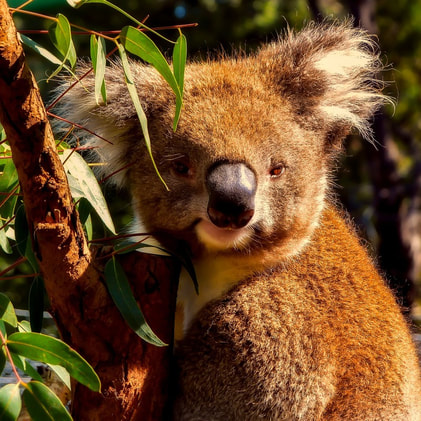
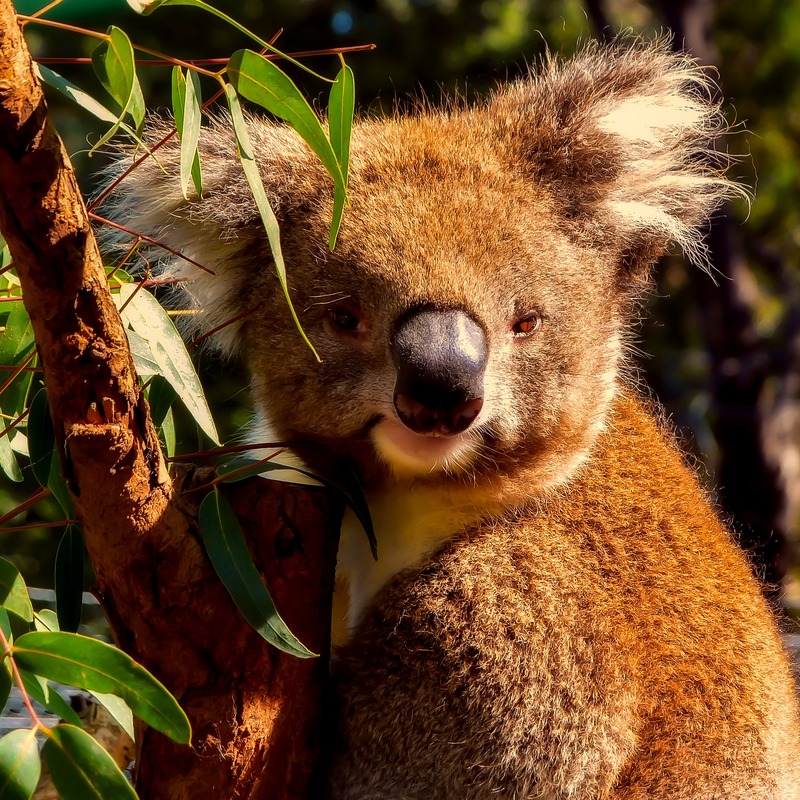
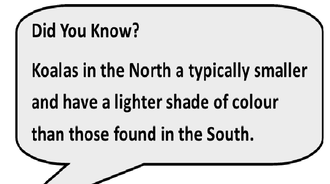
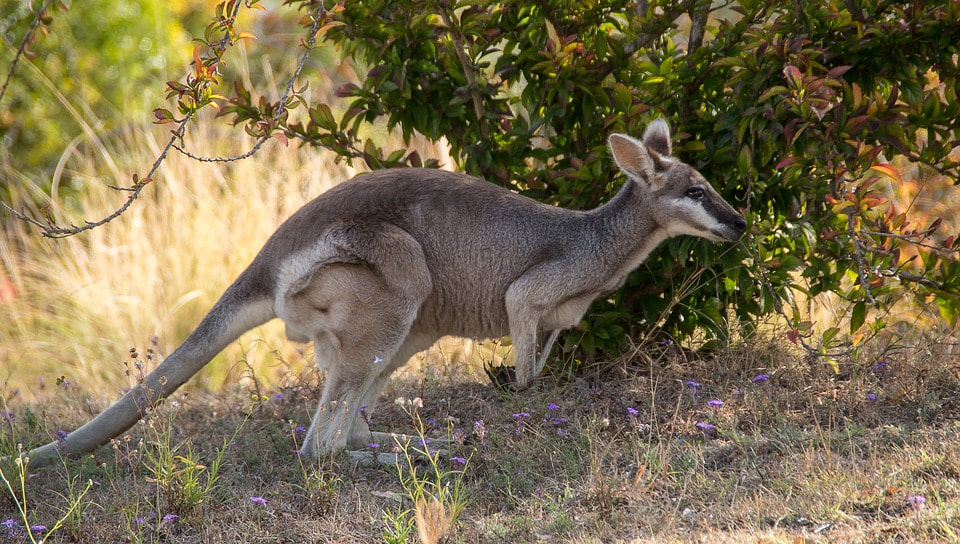
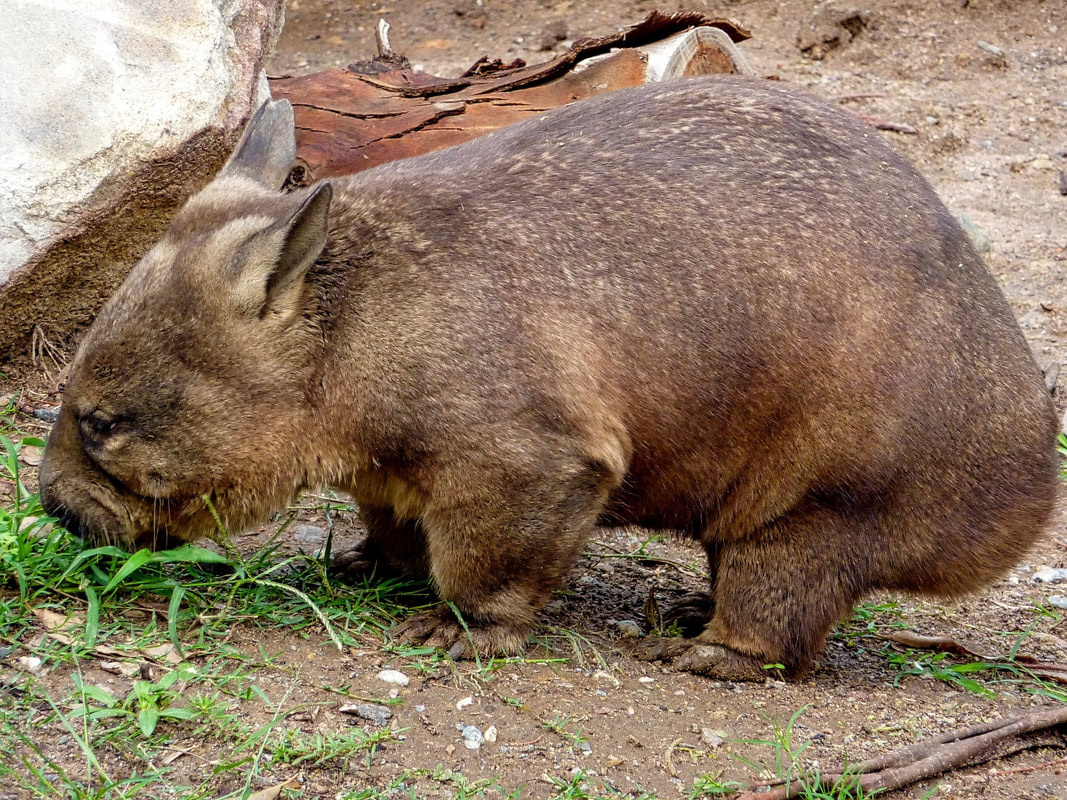
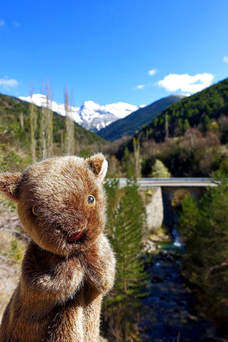
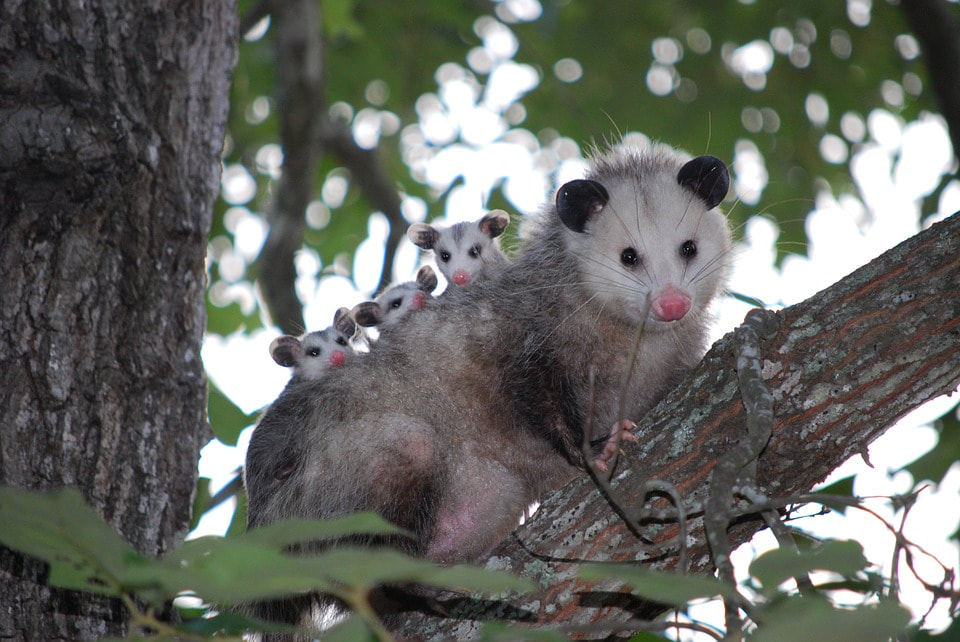
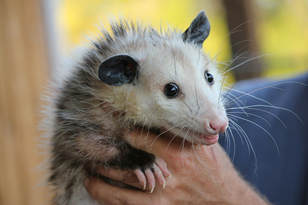

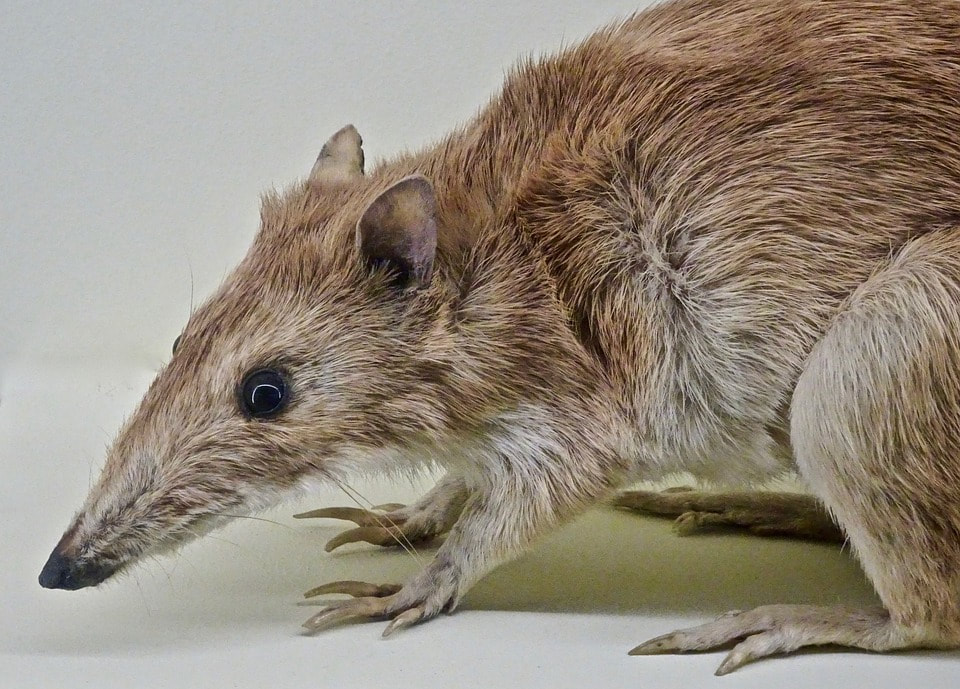
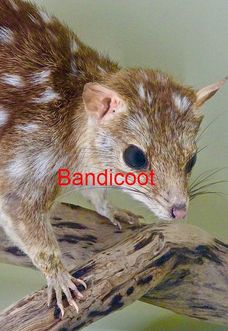
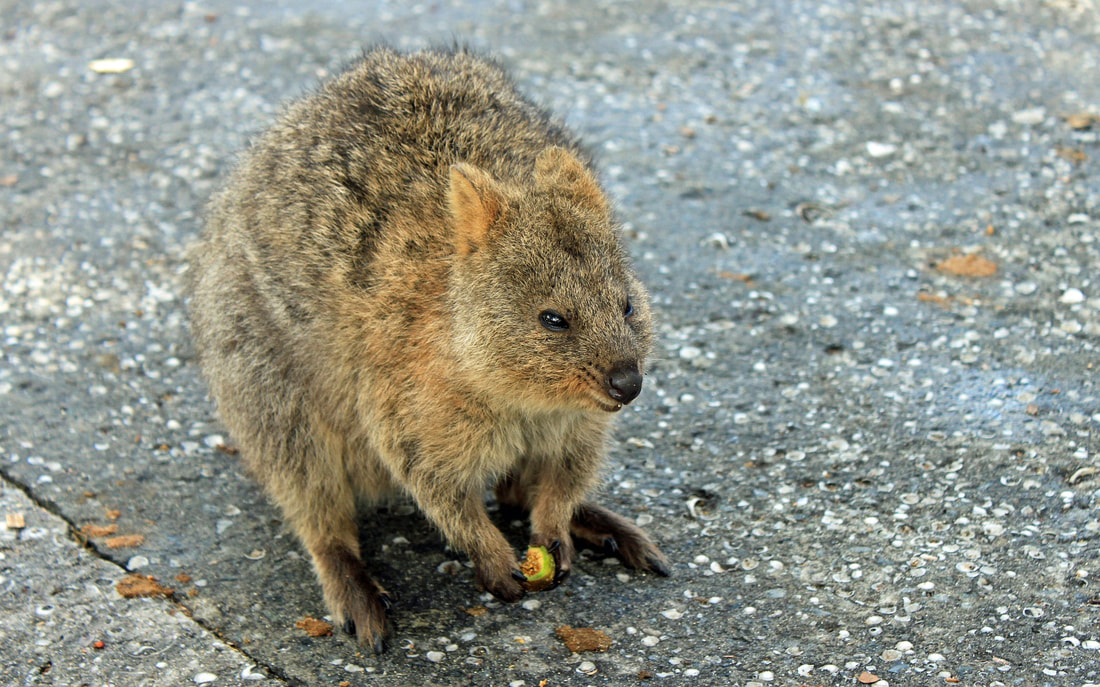
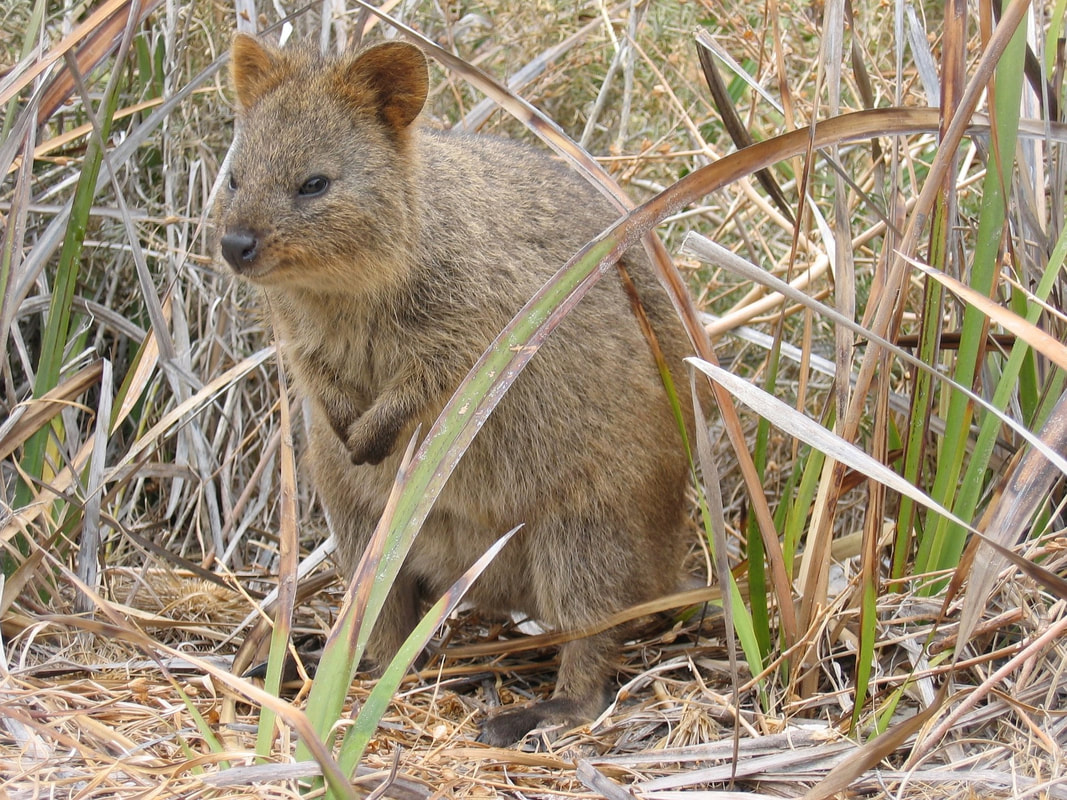
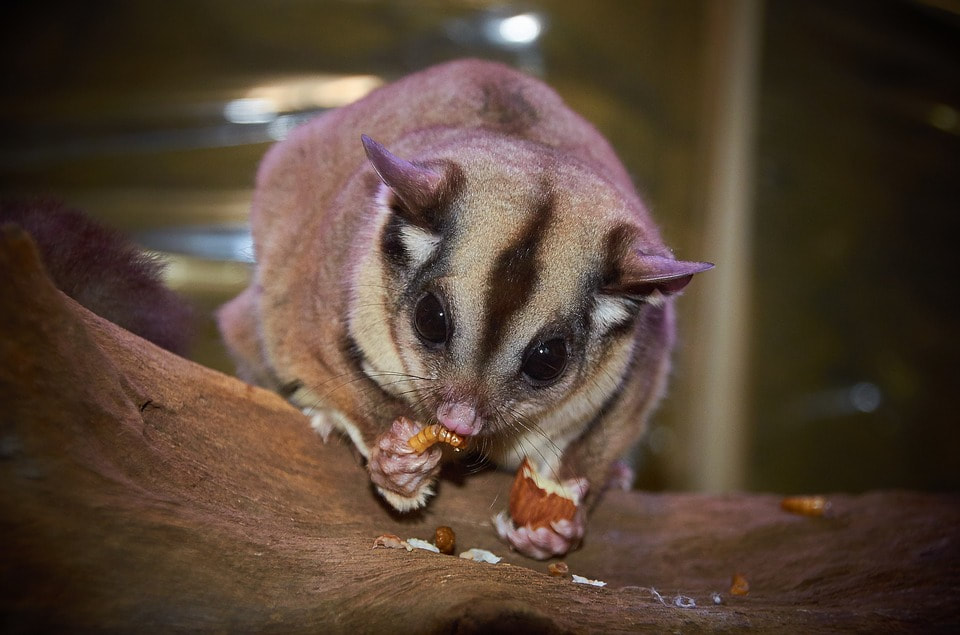
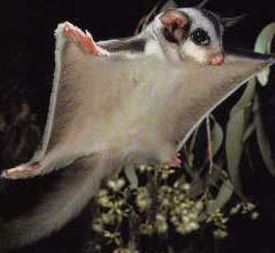

 RSS Feed
RSS Feed
